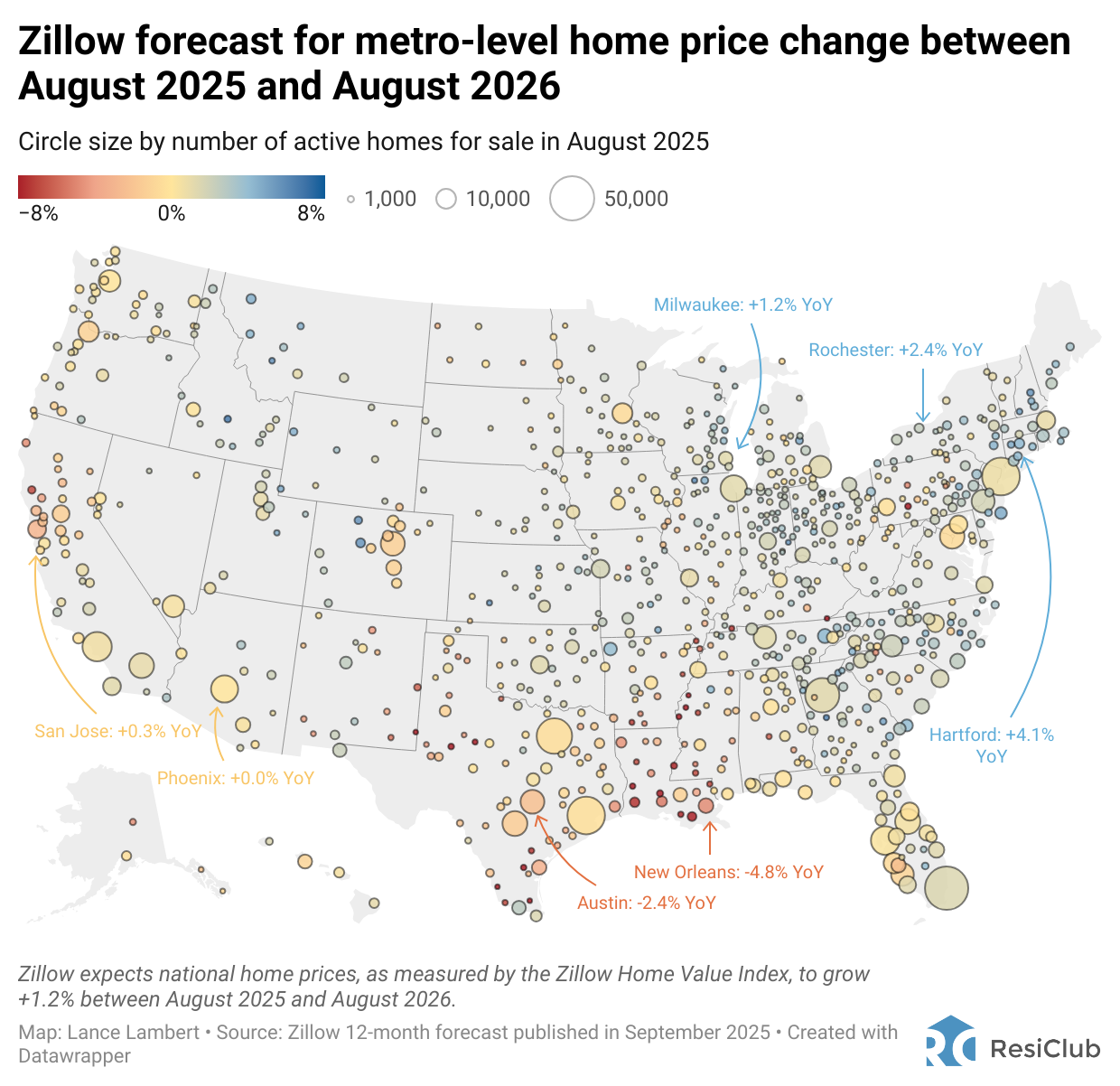Imelda — which became the fourth hurricane of the 2025 Atlantic hurricane season on Tuesday — is expected to bring hurricane-force winds, damaging waves and flash flooding to Bermuda on Wednesday night into early Thursday.
While it’s not expected to make landfall in the United States, forecasters say swells and high surf are expected to hit the U.S. East Coast in the coming days, as well as the Bahamas and Bermuda. In North Carolina’s Outer Banks, at least five homes collapsed into the ocean as Imelda brought strong waves to the coast.
Forecasters are also monitoring the remnants of Humberto, which is moving out into the Atlantic Ocean, away from the East Coast. While it was downgraded from a hurricane on Wednesday, it’s expected to produce dangerous surf and rip currents along the East Coast this week.
Where is Hurricane Imelda, and what is its path?
-
Imelda was located about 270 miles west-southwest of Bermuda.
-
The storm has maximum sustained winds of 100 mph, making it a Category 2 hurricane.
-
It is moving east-northeast at 20 mph.
Imelda’s core is expected to be near Bermuda on Wednesday night and will move away from the island by Thursday afternoon. “Some additional strengthening is possible before Imelda passes close to Bermuda tonight,” the National Hurricane Center said Wednesday. “Imelda is then expected to become an extratropical low on Thursday, with gradual weakening forecast thereafter.”
What are the storm’s expected impacts?
Tropical storm conditions are likely in Bermuda by Wednesday afternoon, while hurricane conditions are expected by tonight. Across the island, 2 to 4 inches of rain is expected from later on Wednesday into Thursday, which could cause flash flooding. Large and damaging waves will come along with dangerous storm surge that’s expected to generate coastal flooding.
Swells generated from both Imelda and Humberto are causing life-threatening surf and rip currents affecting the East Coast, Bahamas and Bermuda, the NHC said.
Watches and warnings in place
These are the current advisories in place, according to the NHC:
A hurricane warning is in effect for:
Forecasters added, “A Hurricane Warning means that hurricane conditions are expected somewhere within the warning area. Preparations to protect life and property should be rushed to completion.”
How did Humberto and Imelda interact?
Earlier this week, the two storms, Humberto and Imelda, were just 467 miles apart from each other. That’s the closest distance that two Atlantic hurricanes have come to each other on record since 1853, hurricane specialist and storm surge expert Michael Lowry told the Associated Press.
Humberto pulled Imelda away from the U.S. East Coast back out into the Atlantic Ocean in a weather phenomenon known as the Fujiwhara effect, Alex DaSilva, AccuWeather’s lead hurricane expert, told the AP.
The National Weather Service explained that the Fujiwhara effect happens “when two hurricanes spinning in the same direction pass close enough to each other, they begin an intense dance around their common center.” The weather service added, “If one hurricane is a lot stronger than the other, the smaller one will orbit it and eventually come crashing into its vortex to be absorbed.”
In this instance, the Fujiwhara effect helped prevent the U.S. East Coast from getting slammed.
Source link

